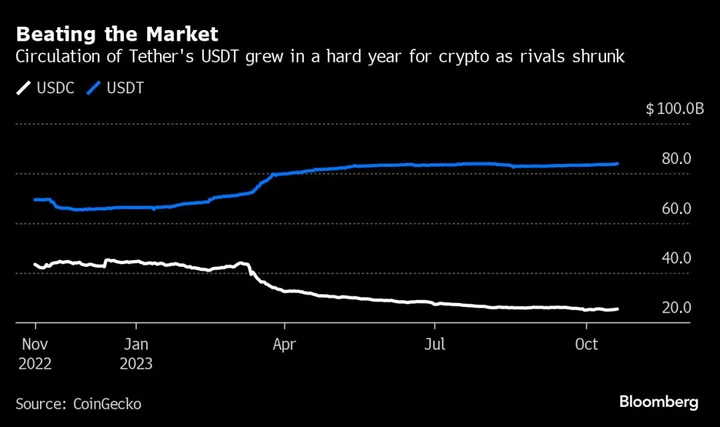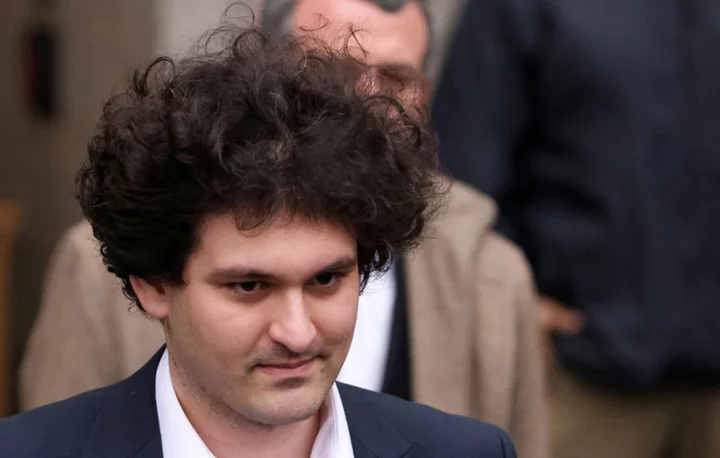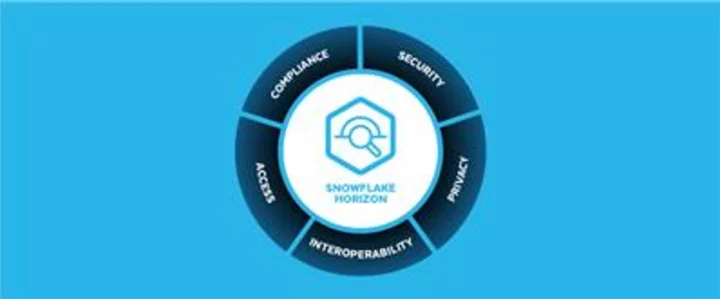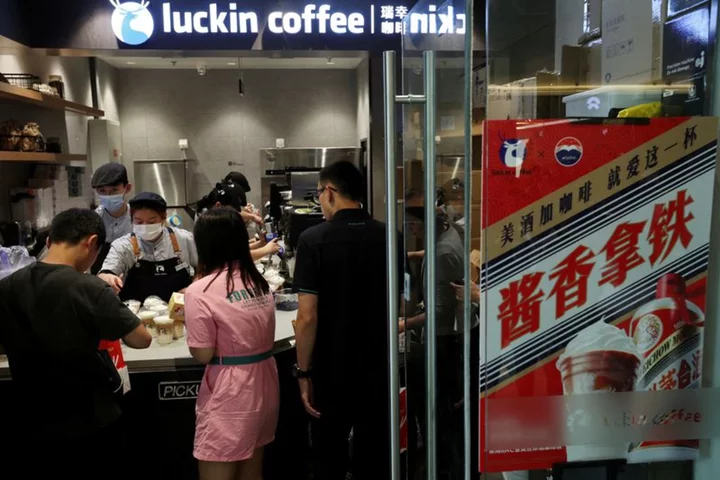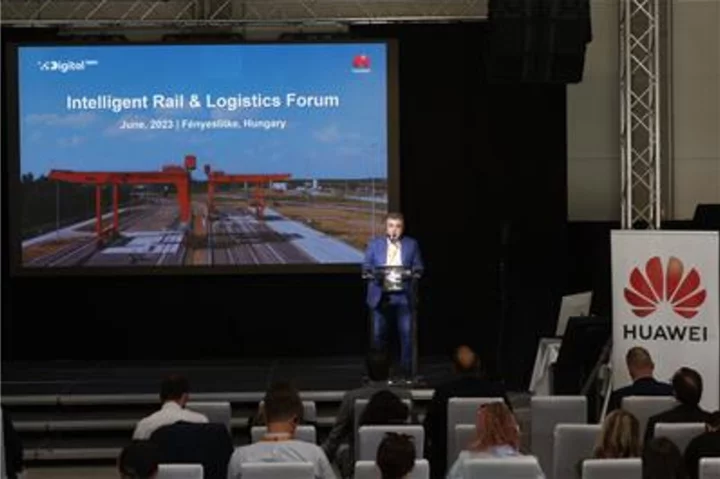Tether Holdings Ltd.’s Chief Technology Officer Paolo Ardoino is hardly crypto’s most well-known public figure. That may change when he takes over the reins of one of the sector’s most dominant businesses along with the $84 billion stablecoin it issues.
The Italian software engineer — who turns 39 on Sunday and will lead the company as its new chief executive from December — isn’t known for appearing on magazine covers, posing for selfies with G7 dignitaries or rubbing shoulders with celebrities like some of his peers. While the rest of Tether’s leadership has stayed largely absent from public view, Ardoino emerged as the company’s unofficial frontman, communicating mostly via social media posts, media interviews and the occasional industry conference.
“Our CEO and our CFO are among the smartest people you could ever meet. But also they are not public people,” said Ardoino, when asked in an interview earlier this year why he became the figurehead for the world’s most-traded cryptocurrency. “We pulled from sticks and I had the shortest one.”
He’s already had to deal with a fair share of public scrutiny.
Tether’s USDT — a digital token which aims to maintain a one-to-one value with the US dollar — has grown in circulation over the past year, even as other crypto companies struggled. Now accounting for nearly 70% of the stablecoin market, it’s become integral to how investors trade and store their digital asset wealth.
At the same time, for a company so systemically important, little is known about the way it operates. Tether has also continued to contend with a perceived lack of transparency over the make-up of the reserves backing its stablecoin.
The firm paid more than $40 million to settle allegations by a US watchdog in 2021 that it lied about its collateral pile, skewing public opinion against the company’s reliability. Tether has also been criticized for its past reliance on commercial paper, which regulators consider unsuitable due to its illiquidity during times of stress. The company began publishing quarterly attestations of its reserves with a third-party accounting firm that year, which serve as a time-limited snapshot into its holdings rather than a full audit.
Read: Why Do Tether and Its USDT Coin Make People Nervous?: QuickTake
In the coming year, Tether plans to start publishing data on its reserves in real time, Ardoino told Bloomberg News on Thursday. Tether later said it had no hard-and-fast deadline by which to achieve this goal.
Ardoino’s goals also include increasing tech investment, talking to regulators and expanding into renewable energy, he said.
“Tether is absolutely crucial to the industry and represents the vast majority of trading volume on centralized exchanges,” said Riyad Carey, a research analyst at data firm Kaiko. “It’s hard to even speculate what the market would look like if [a USDT shutdown] came to pass.”
Lucrative Business
Incorporated in the British Virgin Islands, Tether has no public offices, no independent board, nor does it reveal much about its structure. It had around 60 employees overseeing USDT’s operation in May, Ardoino said in an interview at the time, a figure that he hoped would hit 90 by the end of 2023.
What’s discernible, however, is that Ardoino is inheriting a lucrative business. Most of the assets supporting the token are short-dated US Treasury bills, according to a June attestation, netting the issuer a tidy profit while interest rates remain high. Tether reported around $3.3 billion in excess capital at that time, with Cantor Fitzgerald and Bahamian lenders Deltec Bank & Trust Ltd., Britannia Bank & Trust and Capital Union Bank among its banking partners. Part of Ardoino’s new responsibilities will be managing the company’s finances, as well as directly supervising Tether’s research and development initiatives, he said.
Then there’s his other job. Ardoino will remain chief technology officer at Bitfinex, Tether’s sister crypto exchange, which shares much of its top brass with Tether. Jean-Louis van der Velde, Tether and Bitfinex’s current CEO, will transition into an advisory role at the stablecoin issuer once Ardoino takes over, the company said this month. Tether’s Chief Financial Officer Giancarlo Devasini also holds the same role at Bitfinex.
A staunch Bitcoin supporter, Ardoino made the jump into crypto by joining Bitfinex as an engineer almost a decade ago, after shutting down a fintech startup he founded in London. The role was focused on improving its matching engine, he said in an interview with Securities.io in May — and suited a growing Bitcoin passion he’d started to develop after reading the cryptocurrency’s initial whitepaper in 2012.
“I was experimenting and getting more and more excited about Bitcoin,” he told the outlet. “The old, outdated protocols were no longer interesting and I wanted to do something that was related to Bitcoin and the crypto space. I saw this as a huge opportunity to do something that would matter in the long run.” He was made Bitfinex’s chief technology officer in 2015, adopting the same role at Tether about three years later after the issuer joined forces with the crypto exchange.
Read: Anyone Seen Tether’s Billions?
Raised in Northern Italy, Ardoino maintains a base in Lugano, Switzerland, he told Bloomberg News in an interview last year. Tether now hosts an annual Bitcoin-themed conference and summer school in the lakeside city, which kicks off on Friday.
Obstacles lie on the horizon for Tether’s new boss, analysts said. Regulators globally are preparing to crack down on stablecoin issuers, with new rules in the European Union set to require operators inform regulators about their corporate governance plans, shareholders and risk management practices from June 2024. Meanwhile pressure is likely to grow on Ardoino to deliver on a 2022 promise that a full financial audit of its books was months away. This is another milestone that Ardoino hopes to achieve in the coming year, he said on Thursday.
A prolonged delay by US lawmakers and regulators in implementing sector-specific legislation on stablecoins has been beneficial so far for Tether, according to Austin Campbell, an industry consultant and former head of portfolio management at stablecoin issuer Paxos Inc. “The worst thing for Tether would be standards and legitimacy from the US,” he said. “With that said, they will be under pressure over time.”
(Adds additional statement from Tether in the eighth paragraph on the timing of its move toward real-time reporting of reserves.)

